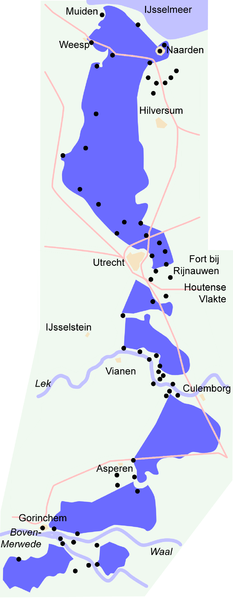Uh-oh, things are getting serious. I'm curious to see how will the situation evolve. Suscribed !
Definitely, looks like there'll be a Phony War in TTL though.
Uh-oh, things are getting serious. I'm curious to see how will the situation evolve. Suscribed !
The POD is halfway through the Phony War, and it's over now. Few more days while I read up on the Battle of Sedan and then the proper violence will start.Definitely, looks like there'll be a Phony War in TTL though.

That's why the Dutch originally decided to defend along the Peel-Raam line instead - from the Water Line the Germans are in artillery range of most of the Dutch cities. However, they could only do so with help from the French and if the Belgians were holding. Their revised defensive strategy is basically to hide behind the Water Line and hope the Germans ignore them and attack/are beaten by someone else instead.If the Dutch could hold off just a little bit more than OTL, it could make a lot of difference in the end. I think they'll ultimately still fall, though. The Netherlands just doesn't have enough strategic depth.
No comments?
Does anybody have a 1940 French equivalent to Luft'46? Their airforce equipment was changing very rapidly at the time of the battle and I'm having a hard time getting my head around what they would have been likely to use over the next year or two...
Thanks. Some of that will happen, some won't (I've got a sketched plan for what they'll order thanks to some very kind help from Archibald). One of the big problems is actually building the aircraft they want - that's why they bought so many Curtiss fighters, because that's what was available for delivery.Glad you asked. This is my favorite What If:
Thanks. All OTL apart from the scene at the Menin gate (although 2 Royal Sussex would have been there at about that time, and the WW1 stuff is OTL). I'm going there in 2 weeks time in fact, and I'll be visiting Potijze cemetery where I'm 95% certain a relative of mine is buried on the same trip.